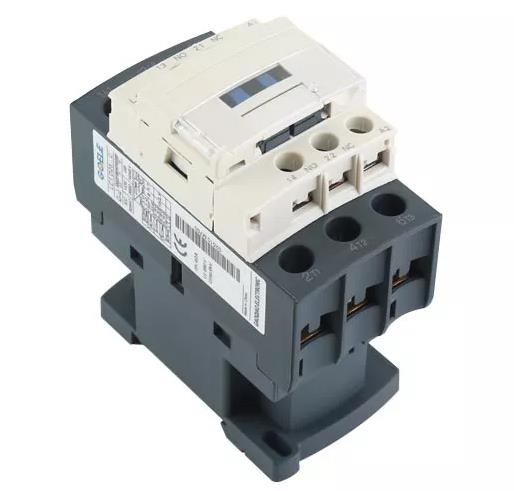- Home
- Products
- About Us
- Our Factory
- Video
- Service
- News
- Contact Us
Views: 0 Author: Site Editor Publish Time: 2023-07-13 Origin: Site








Construction
AC Contactor has three components:

CJX2-(LC1-DN)25 220V 380V 415V 660V cjx coil ac Electric magnetic contactor
Model Number: CJX2-2501
Electricity Type: AC
Number of Pole: 3P+NO
Phase: 3
Main Circuit Rating Voltage: 24v 36v 48v 110v 220v 380
Main Circuit Rating Current: 9A
CLASS: A,B
Color: Black
Frequency: 50/60Hz
Contacts: 85% SILVER
Rated voltage: 220V 380V 660V
Place of Origin: Zhejiang China
The contacts are the current-carrying part of the contactor. This includes power contacts, auxiliary contacts, and contact springs. Contact material is chosen for high electrical conductivity, mechanical strength, and stability under arcing and oxidation. Commonly used metals include alloys of tungsten, molybdenum, copper, and others. For example, motor circuit contactors may use contacts made of silver with cadmium oxide added to improved durability and arc resistance.
The electromagnet provides the driving force to close the contacts. The enclosure is a frame housing the contacts and the electromagnet. Enclosures are made of insulating materials such as Bakelite, Nylon 6, and thermosetting plastics to protect and insulate the contacts and to provide some measure of protection against personnel touching the contacts. Open-frame contactors may have a further enclosure to protect against dust, oil, explosion hazards and weather.
Magnetic blowouts use blowout coils to lengthen and move the electric arc. These are especially useful in DC power circuits. AC arcs have periods of low current, during which the arc can be extinguished with relative ease, but DC arcs have continuous high current, so blowing them out requires the arc to be stretched further than an AC arc of the same current. Sometimes an economizer circuit is also installed to reduce the power required to keep a contactor closed; an auxiliary contact reduces coil current after the contactor closes. A somewhat greater amount of power is required to initially close a contactor than is required to keep it closed. Such a circuit can save a substantial amount of power and allow the energized coil to stay cooler. Economizer circuits are nearly always applied on direct-current contactor coils and on large alternating current contactor coils.
A basic contactor will have a coil input . Universal coils are also available in the market today. The coil may be energized at the same voltage as a motor the contactor is controlling, or may be separately controlled with a lower coil voltage better suited to control by programmable controllers and lower-voltage pilot devices. Certain contactors have series coils connected in the motor circuit; these are used, for example, for automatic acceleration control, where the next stage of resistance is not cut out until the motor current has dropped.
Operating principle
When current passes through the electromagnet, a magnetic field is produced, which attracts the moving core of the contactor. The electromagnet coil draws more current initially, until its inductance increases when the metal core enters the coil. The moving contact is propelled by the moving core; the force developed by the electromagnet holds the moving and fixed contacts together.
For contactors energized with alternating current, a small part of the core is surrounded with a shading coil, which slightly delays the magnetic flux in the core. The effect is to average out the alternating pull of the magnetic field and so prevent the core from buzzing at twice line frequency.